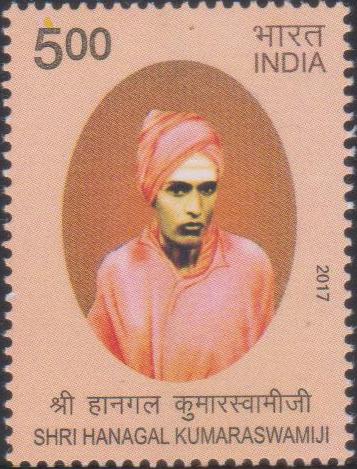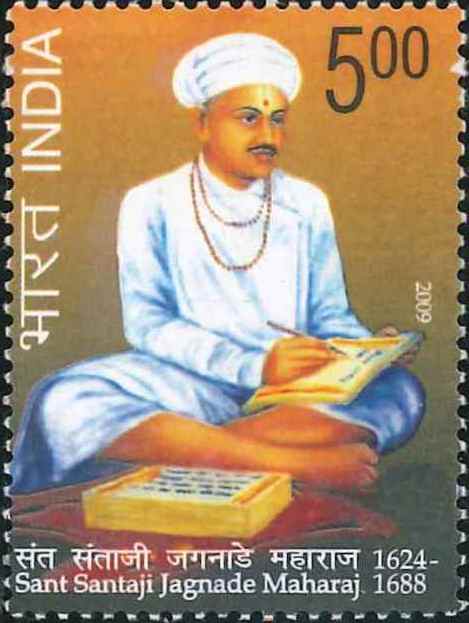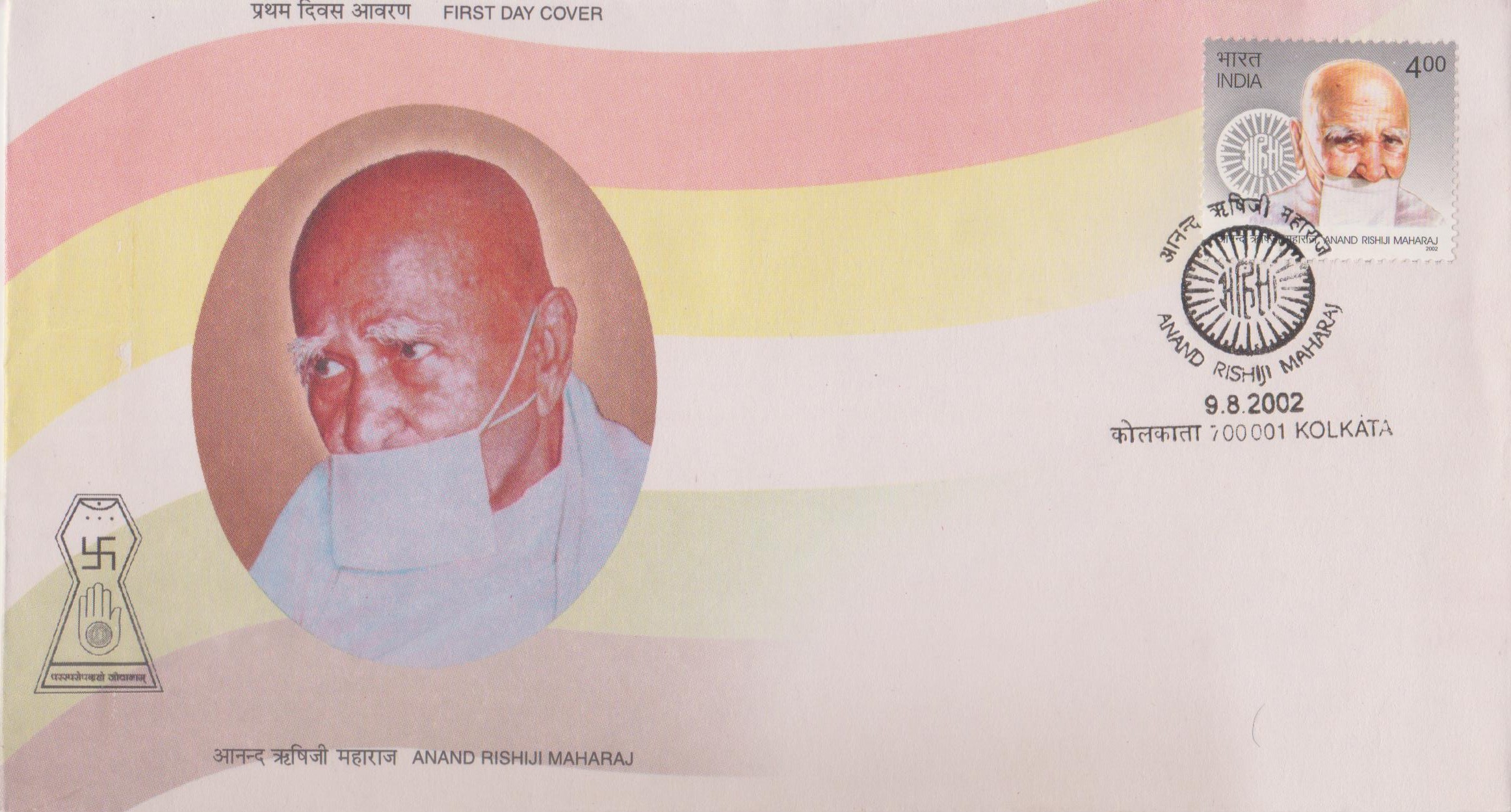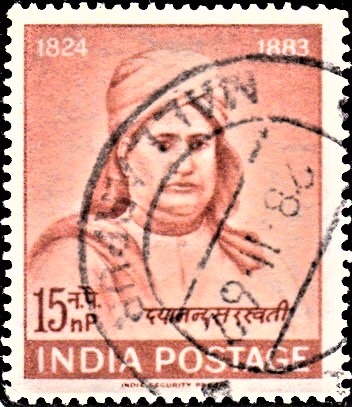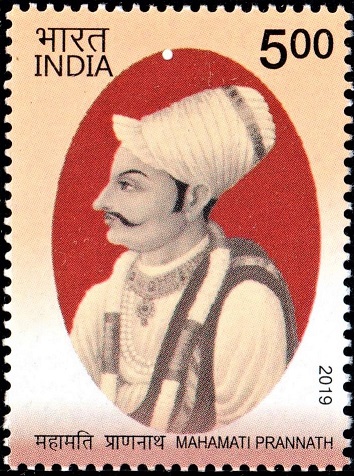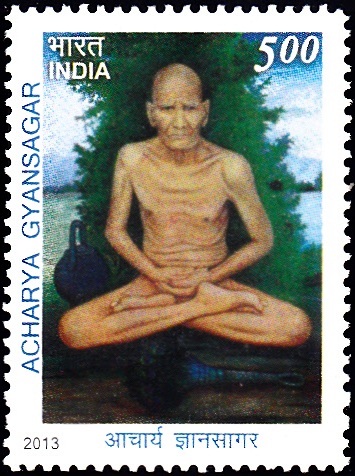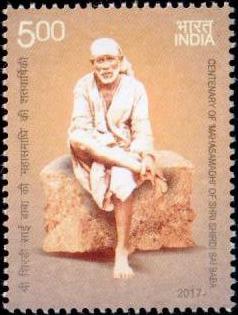
‘Mahasamadhi’ of Shri Shirdi Sai Baba
A commemorative postage stamp on the Centenary of ‘Maha Samadhi’ of Sai Baba of Shirdi :
 Issued by India
Issued by India
Issued on Dec 15, 2017
Issued for : Department of Posts is pleased to issue a Commemorative Postage Stamp on Shri Shirdi Sai Baba on the occasion of centenary of his Mahasamadhi.
Credits :
Stamp/FDC/Brochure/Cancellation Cachet : Smt. Alka Sharma
Type : Stamp, Mint Condition
Colour : Multi Colour
Denomination : 500 Paise
Stamps Printed : 600700
Printing Process : Wet Offset
Printer : Security Printing Press, Hyderabad
Name : Sai
Born on —
Died on 15 Oct, 1918 at Shirdi, Bombay Presidency, British India [now Maharashtra, India]
About :
- Shri Shirdi Sai Baba was first seen in Shirdi as a youth in his teens, in the second half of the 19th century. He spoke in Urdu, Hindi, Marathi and some South Indian languages. He participated in Hindu and Muslim festivals. His approach in short, was universal and humanitarian.
- By the 15th October 1918, when Shirdi Sai completed his earthly sojourn, Shirdi had turned from an insignificant village of Maharashtra into a spiritual haven, teeming with devotees, spiritual seekers, mendicants of different religions and celebrities like Shri Bal Gangadhar Tilak. Shirdi Sai Baba, the ‘Sadguru’ to the Hindus and a ‘Fakir’ (dervish) to the Muslims, was the axis around which the life of his devotees revolved. Many people, who have recorded their encounter with Shirdi Sai Baba in books and personal diaries, are unequivocal in their opinion – they were captivated by his divine charm and overcome by his compassion. He was the divine protector of all those who visited him, having accepted him as their spiritual guide. To Sai Baba, differentiation in fate and pedigree of the devotees made no difference. Visitors were at a loss to decide if his divine personality, full of miracles or his humaneness, full of compassion, was the more imposing, as he simultaneously displayed a surfeit of both.
- As a result of his multi-dimensional activities – both temporal and spiritual – for the amelioration of his protégés, music, literature, folklore, drama and even some amount of gossip filled the social environment of the village. Be it the construction of a temple or a house, the sickness of an individual, the education or rearing of children, the celebration of any religious or social festival, or the settlement of conflict, the Master’s decision was the final word of wisdom and judgement. He stood between his devotees and suffering. Most of the villagers and the visiting populace willingly followed this way of living with Baba.
- The devotees, born after the Samadhi of Baba, have only read about him, visited Shirdi, prayed at his tomb and some other places related to him. Yet, to them Baba truly exists and helps them in many ways. This is the reflection of the divinity in Shri Sai Baba of Shirdi. Shri Shirdi Sai Baba stood for inculcating the qualities of compassion, love and tolerance in all beings. He never preached, rather taught everybody through his actions.
- Shri Shirdi Sai Baba entered Mahasamadhi on 15th October, 1918 (Tuesday). It was the day of Dussehra or Vijayadashmi. Various temples and organisations, dedicated to Shri Shirdi Sai Baba and the Shirdi Sai Movement, in India and abroad are organising centenary celebrations between October, 2017 to October, 2018.
- Text : Based on the material received from proponent.
Subscribe
Login
0 Comments


